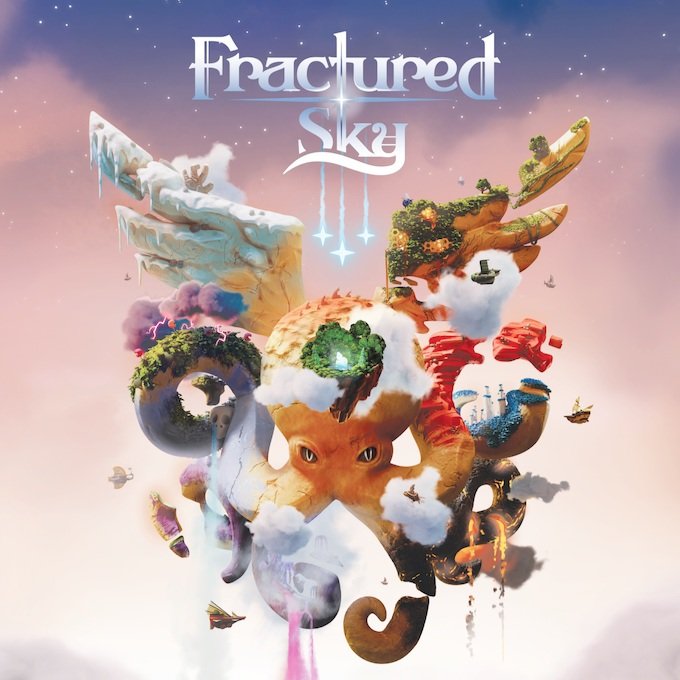
I like to think of stretch goals in a couple of categories:
-
Component upgrades (ex: black core card stock)
-
Additional game content (ex: playable character unlocks)
-
Non-game content add-ons (ex: sticker sheets included with the game)
-
Out of game content (ex: phone wallpapers)
While I understand game content as a stretch goal for content heavy games that are still in development (writing quests costs money), I prefer games that have a strong baseline of component quality and include stretch goals that take a game beyond what would be expected in a retail edition – add-ons like sticker sheets, super-premium stock & finishes, or even a box insert (an expensive component for the publisher).
Are Stretch Goals Powerful?
Qualitatively stretch goals seem to have at least some impact on campaign success – I noticed more activity on our Nut Hunt campaign when we were approaching stretch goals (which increases visibility). However, it is hard to really know how much of an impact stretch goals have.
My gut is that monetary stretch goals are more meaningful for smaller and moderate sized campaigns where backers understand that stretch goals are more of a sharing of economics – and the publisher doesn’t necessarily expect all goals to be hit. In this sense, I expect some backers of big (multi-hundred-thousand dollar) campaigns go into backing with the expectation that all stretch goals will be unlocked (as evidenced by big box publisher behavior of unlocking all goals after the campaign even if they weren’t hit).
In this sense, the power of stretch goals for bigger campaigns is more in the excitement they provide for the community, and the interaction they drive, rather than as an mechanism for component upgrades or additional game content.
Which brings us full circle to Fractured Sky
Starfalls
In forgoing traditional monetary (content & component upgrade) stretch goals, IV Studios has what they call “Starfall Rewards”.

دیدگاهتان را بنویسید